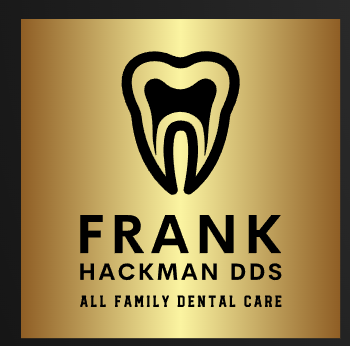Periodontal gum disease is a serious condition that can affect any age group. It is caused by bacteria that enter the mouth. These bacteria cause inflammation, which results in pockets between the teeth and gums. When these pockets get filled with bacteria and plaque, they can cause bone and ligaments to erode. They can also make it difficult to clean the teeth. If left untreated, this infection can lead to tooth loss. A periodontal gum treatment can treat this condition to restore the health of your mouth.
The best way to prevent the formation of periodontal pockets is to brush and floss properly, and regularly visit your dentist. Your dentist can recommend periodontal gum treatment with medicines that can help to control the infection and reduce inflammation. However, if your periodontal disease is severe, your doctor may recommend surgery.
Gum grafting is another periodontal gum treatment or surgical procedure that helps to heal and strengthen the gums. In the process, your dentist attaches tissue from other parts of your mouth to the affected gumline. This procedure can improve the cosmetic appearance of your smile and can also protect the underlying bone.
Scaling and root planing, which is a nonsurgical treatment, helps to remove plaque and tartar. The doctor then smooths the surfaces of the roots of the teeth so that the gums can more easily attach. Some patients are prescribed medications, such as topical antibiotics, to combat the infection.
The most severe form of gum disease is called advanced periodontitis. Most cases of this disease are found in smokers. Besides being painful, the condition can cause loose teeth and bite irregularities. For this reason, it is important to have this condition treated as soon as possible.
You should visit your dentist at least twice a year. Your dentist will assess the extent of your symptoms and the pain that you experience. He or she can suggest methods to ease the pain and teach you how to take care of your teeth at home.
Another option is a periodontal cleaning. This periodontal gum treatment will be performed under a local or general anesthetic. During this procedure, your dentist will remove any plaque and tartar that are deep within your gums. Afterwards, you should be able to resume eating and drinking normally.
Depending on the extent of your gum disease, your doctor may prescribe a systemic antibiotic. Alternatively, he or she may recommend medications that are directly inserted into your periodontal pocket.
Whether you need a surgical or nonsurgical treatment for your gums, it is essential to see a dentist on a regular basis. A professional cleaning will eliminate the plaque buildup that is causing the infection.
You should replace your toothbrush at least every three to four months. It is also recommended brush brush for at least two minutes and use a “water flosser” to clean between the teeth. Using a wooden pick, plastic pick, or a special brush can help you remove plaque from the tooth. After each brushing, you should use a mouthwash designed to combat gingivitis.





2 thoughts on “Periodontal Gum Disease and Treatment Options”